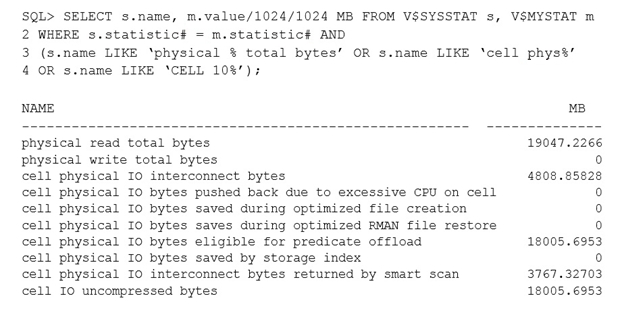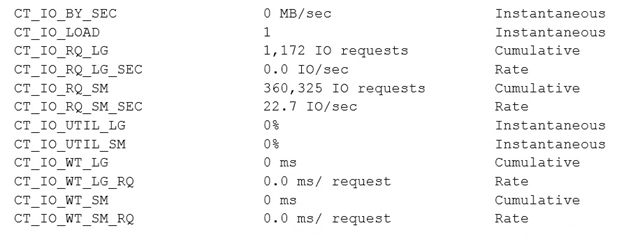Oracle Exadata X5 Administration
Here you have the best Oracle 1z0-070 practice exam questions
- You have 34 total questions to study from
- Each page has 5 questions, making a total of 7 pages
- You can navigate through the pages using the buttons at the bottom
- This questions were last updated on November 22, 2024


